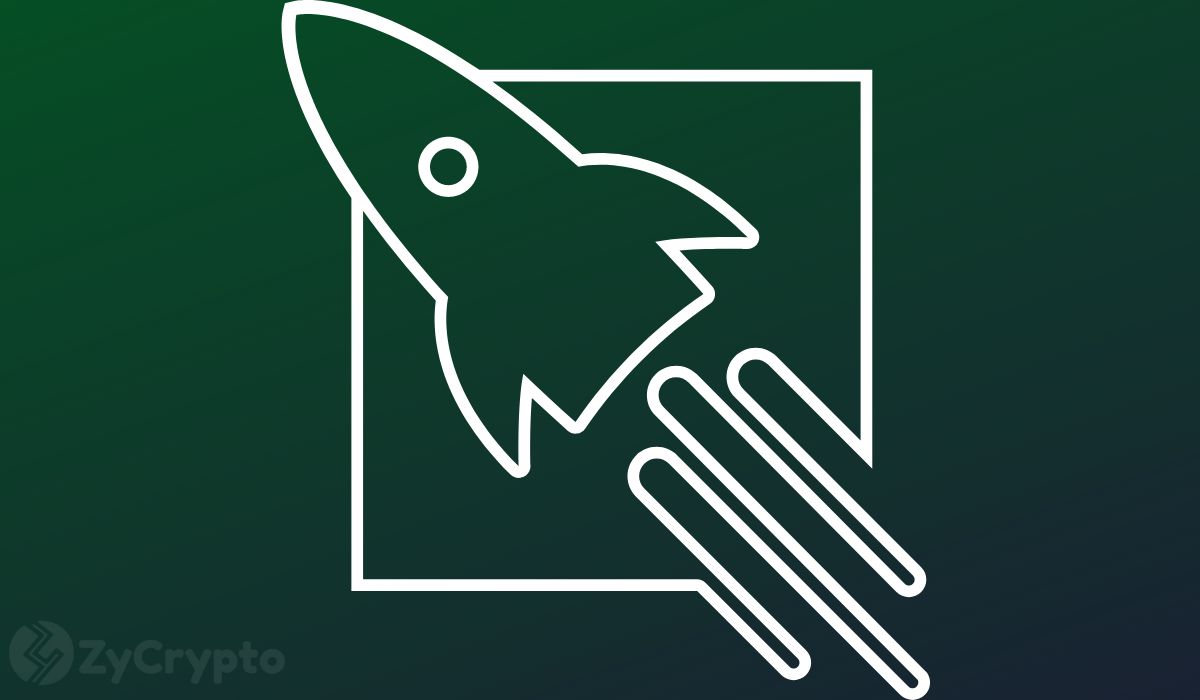2018-7-26 04:10 |
Bitmain, a crypto mining company with several sub-mining operations, recently announced new transparency measures meant to “foster greater dialogue between [Bitmain] and the cryptocurrency communities at large.” Part of this transparency initiative involves being forthcoming about the company’s mining practices, including the mining giant’s self-mining hashrate. Today, Bitmain published its hashrate statistics for the first time. Bitmain’s claim: of all the mining power put into Bitcoin, it is responsible for just four percent of all hashes.
The report, which contains only a single line of data with little context, has been received with skepticism and conjectures from the cryptocurrency community—with good reason. The report comes a month after news that Bitmain’s other mining pools (BTC.com and Antpool) control an estimated 42% of the Bitcoin hash rate.
Vitalik Buterin of Ethereum fame has warned about Bitmain’s dominance in the past. As Bitmain’s pools creep toward performing 51% of Bitcoin mining, there is potential for a 51% attack.
“Back in 2013, when GHash had 51 percent everybody freaked out. It’s happening a second time and people aren’t really talking about it this much,” said Buterin.
Ghash chose to reduce its hashrate as a result of the criticism, something that Bitmain seems unlikely to do. Ghash was owned by CEX, an exchange that has survived on its own since it shut down Ghash last year. But Bitmain is in the business of manufacturing mining equipment, making pool-management fees a not insignificant part of the company’s profits.
Some in the cryptocurrency community have attempted to explain the discrepancy on a technicality.
Are you implying that Bitmain legally own every miner connected to their pools?
Because I have no problem believing that they only legally own 1.7EH/s, even though their pools coordinate a lot more computing power.
— Bitcoin is Cash (@Bitcoin_is_Cash) July 25, 2018
Indeed, Bitmain’s transparency policy states that the disclosed data covers what Bitmain is “mining for itself.” It’s not clear how much other mining is done by individuals who have purchased Bitmain’s Antminers or what else is in between those two extremes.
Bitmain has also come under scrutiny in the past for its astronomical profits ($4 billion in 2017), when analysts estimated Bitmain controls 70 to 80% of the mining hardware market:
“Most of Bitmain’s revenue was generated by selling miners …The rest was largely generated by mining itself and, to a much lesser extent, by collecting management fees from the mining pools it operates and [from cloud mining].”
So it is theoretically possible that Bitmain really has become a dominant force through hardware distribution rather than through its mining pools. But Bitmain’s numbers are, nevertheless, unbelievably low. In any case, it is hard to call a short statement issued with little explanation proper transparency. Even if Bitmain’s report does describe something accurately, it’s impossible to tell what that is.
The post Bitmain Is a Mining Giant—Can It Really Claim Just 4 Percent of Bitcoin’s Total Hashrate? appeared first on UNHASHED.
origin »Speed Mining Service (SMS) на Currencies.ru
|
|




























